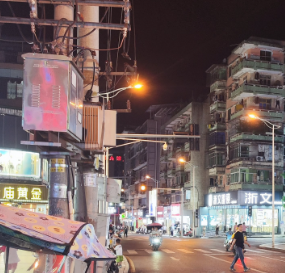Gardening Design Experience in Kagawa with Peperomia prostrata
The beauty of gardening lies not just in its tangible outcomes but also in the journey it takes us on. My latest experience with Peperomia prostrata (String of Turtles) while designing a garden in Kagawa, Japan, has been nothing short of a transformative and enriching one. This journey through this picturesque prefecture on the island of Shikoku, home to rolling hills, verdant forests, and serene landscapes, has allowed me to connect with nature on a profound level.
Kagawa's unique geographical setting provides a rich tapestry for anyone passionate about horticulture. The combination of warm climates and fertile soil creates an ideal environment for a wide variety of plants to thrive. Peperomia prostrata, with its unique foliage and easy-to-grow nature, adds a charming touch to any garden. I decided to experiment with Peperomia prostrata as a primary element in my garden design, weaving its distinctive leaves and sprawling stems throughout the space.
The process began with selecting the perfect spot for planting Peperomia prostrata. After considering several locations, I chose a partially shaded area near a stone pathway. The shade would help maintain the plant’s moisture and promote its lush growth. I started by preparing the soil, mixing in organic compost to ensure it was rich and well-draining. The plants responded beautifully to the care and attention, their foliage growing dense and vibrant.
Incorporating Peperomia prostrata into the garden's design also meant paying close attention to complementary elements. I chose a mix of low-growing shrubs and flowers that could provide contrast without overwhelming the delicate string of turtles. The result was a harmonious blend where each element had its place and contributed to the overall aesthetic.

The design process also involved incorporating sustainable practices such as water conservation and the use of natural pesticides. Regular watering sessions and gentle maintenance ensured the health and longevity of the garden. This approach not only benefited the environment but also enriched the garden's ecosystem, attracting pollinators like butterflies and bees.
As the days passed, watching the garden evolve into a serene sanctuary brought immense satisfaction. The Peperomia prostrata, thriving alongside other plants, became the centerpiece, symbolizing resilience and adaptability. This project in Kagawa has not only enhanced my appreciation for botanical diversity but has also reinforced the power of sustainable and thoughtful design in creating a truly beautiful outdoor space.
 NiceGarden Press provides you with the latest news of Gardenings.
NiceGarden Press provides you with the latest news of Gardenings.